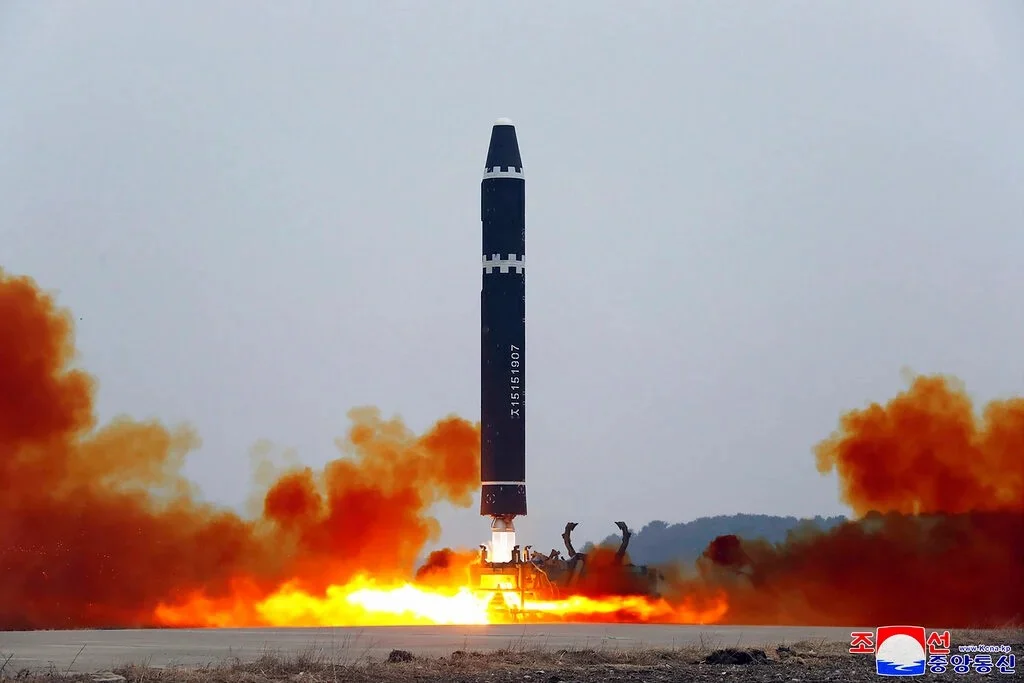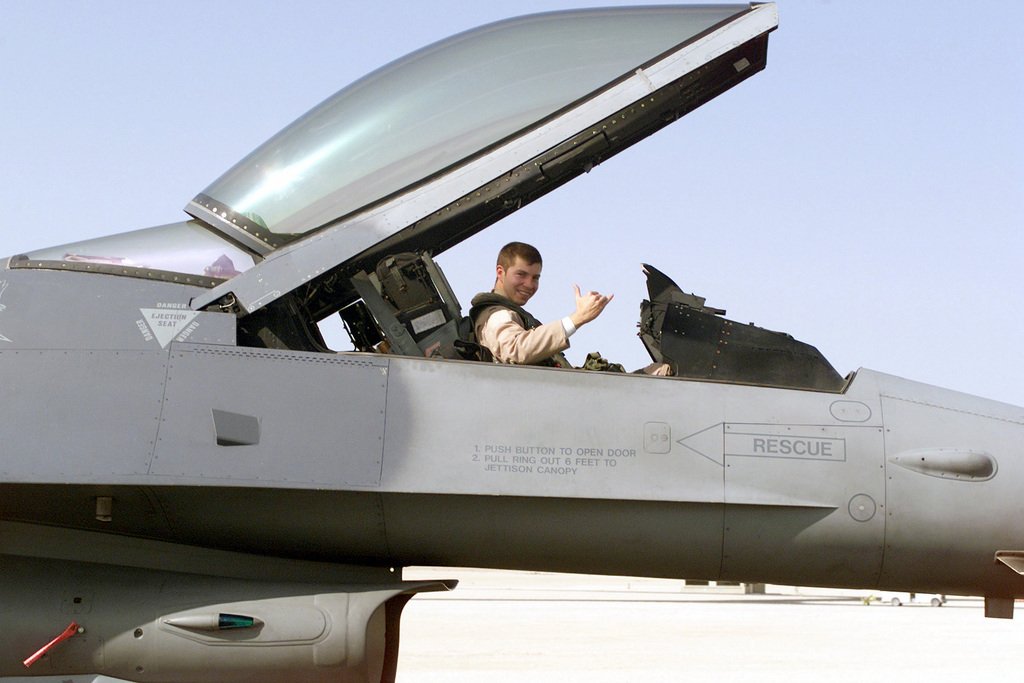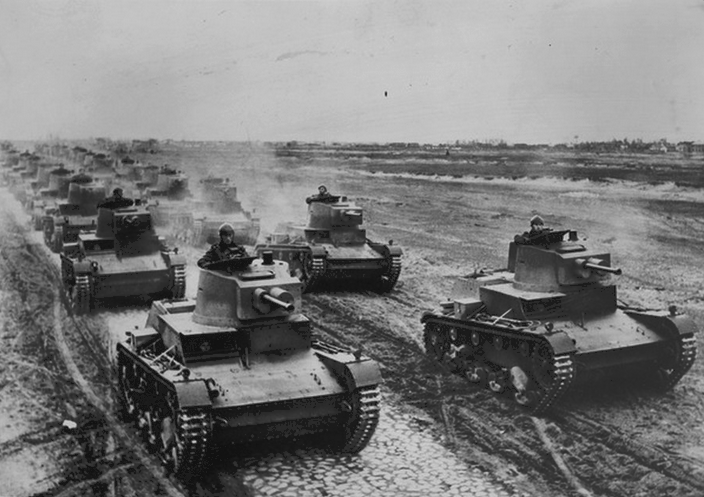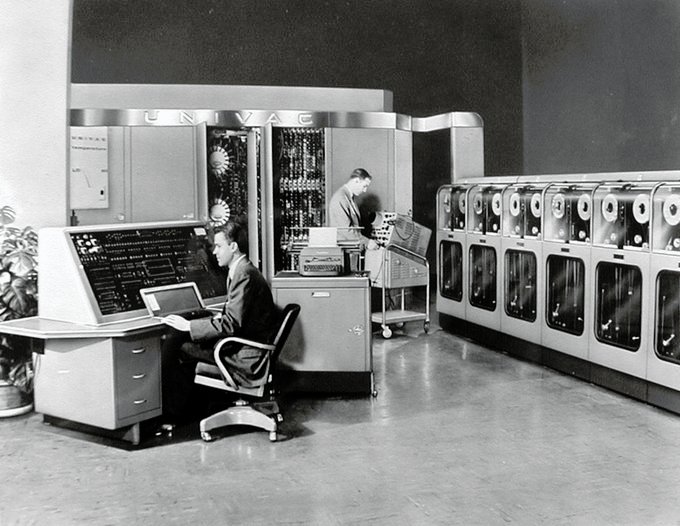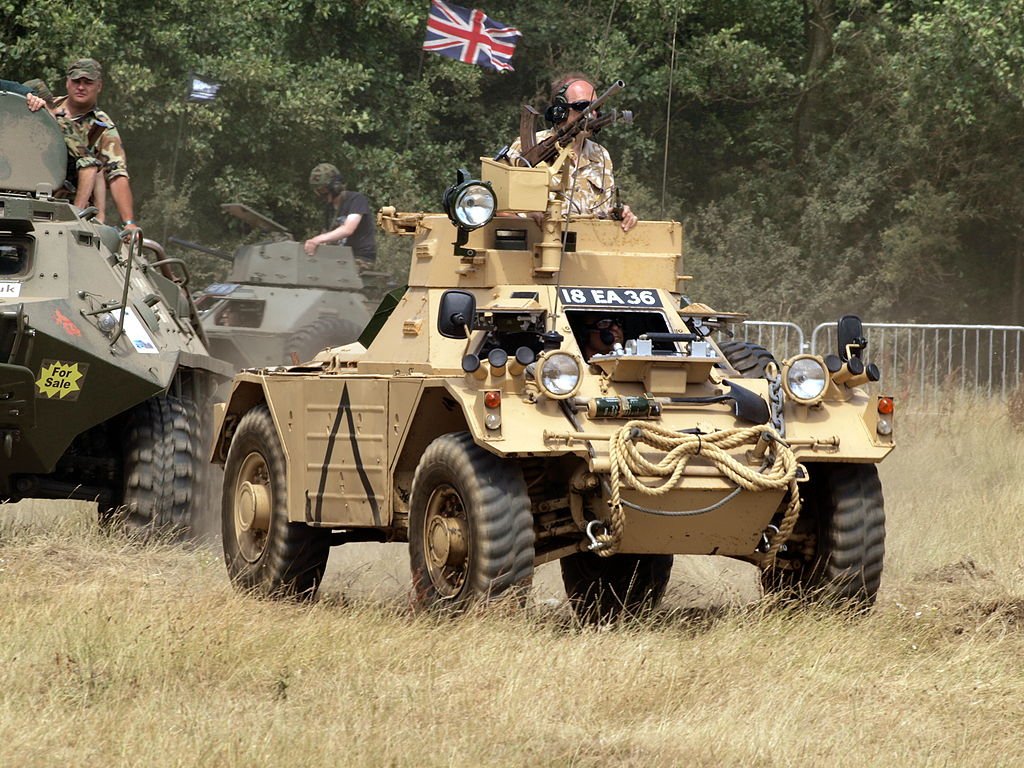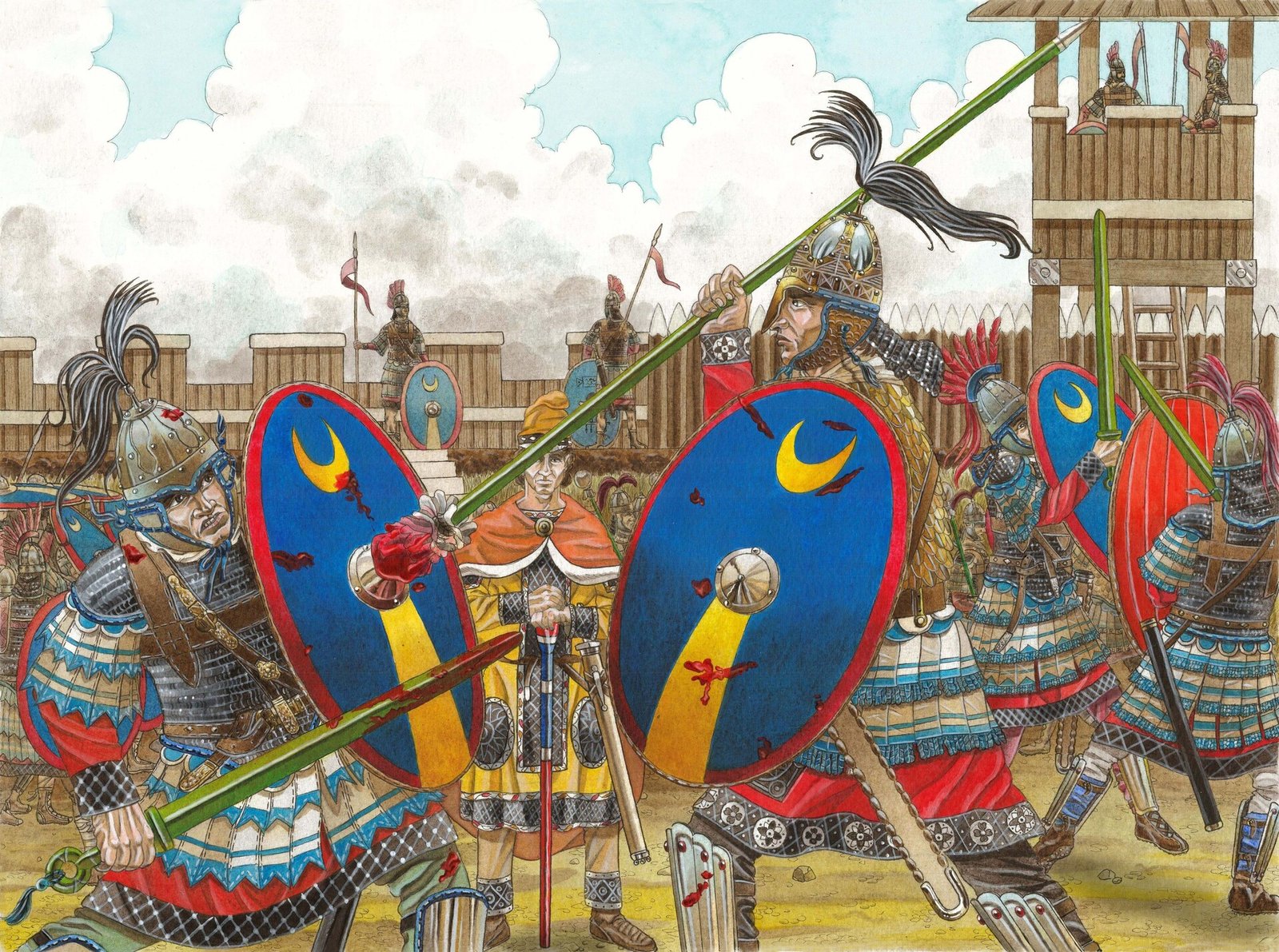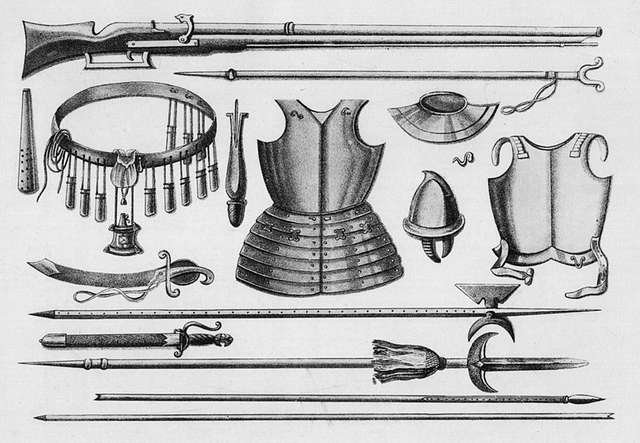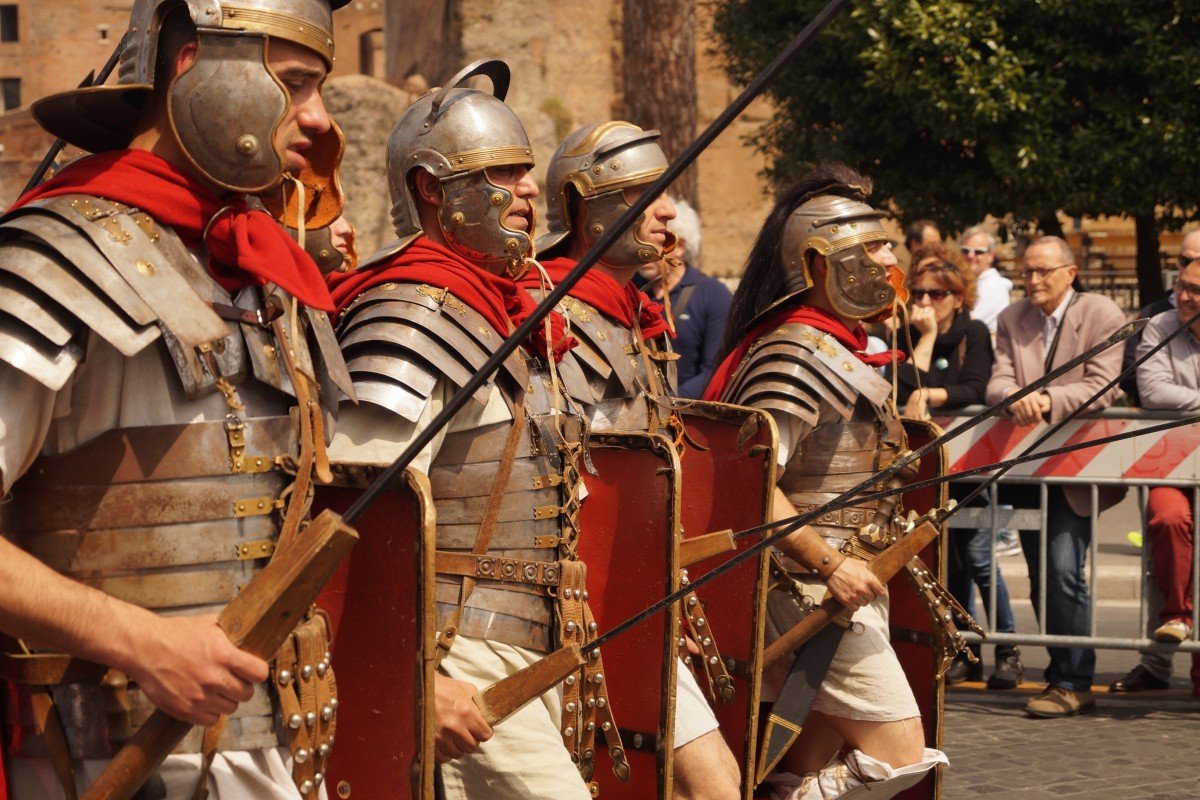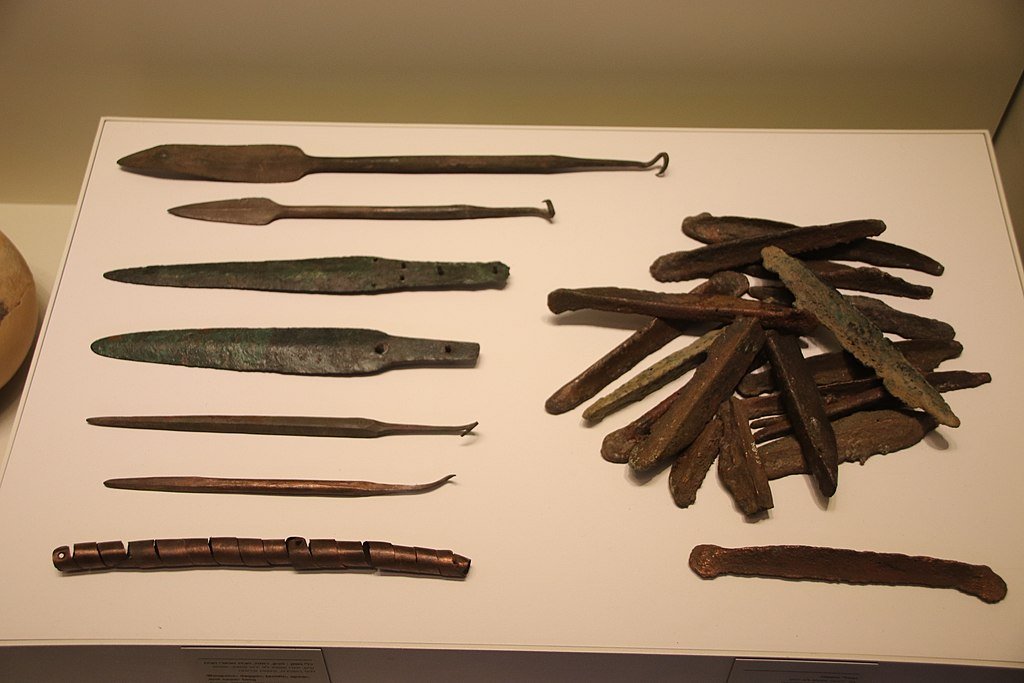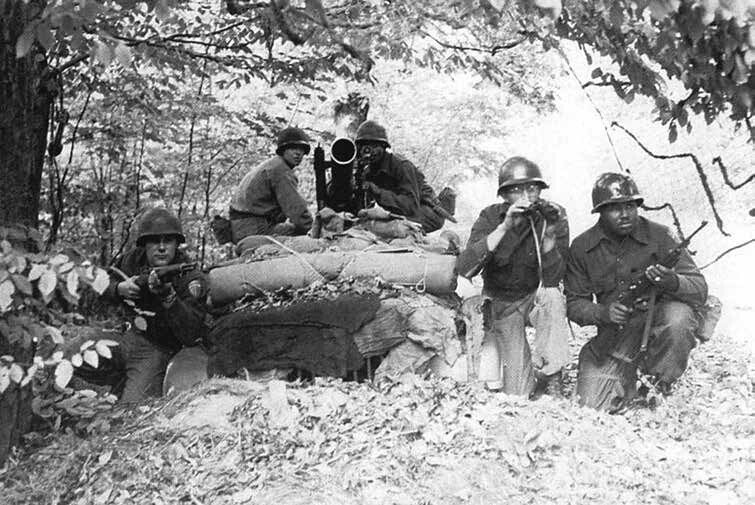Armored cars represent a significant chapter in the evolution of military transport, demonstrating a remarkable journey from improvised vehicles to sophisticated, purpose-built machines. Spanning over a century, their history intertwines with pivotal conflicts and technological advancements. Emerging during the Second Boer War in the late 19th century, these early armored vehicles were born out of necessity, offering protection in the midst of battle. From these humble beginnings, the concept gained traction, leading to the development of iconic models such as the M8 Greyhound and M3 Scout Car.
The Second Boer War marked a pivotal moment, witnessing the first recorded use of improvised armored cars. Deployed by the British, these vehicles, though rudimentary, laid the foundation for future innovations. Over time, technological advancements and strategic needs propelled the evolution of armored cars. By World War II, they had become indispensable assets, fulfilling various roles, including surveillance, troop transport, and support missions.
Notably, the M8 Greyhound and M3 Scout Car emerged as standout examples of this evolution. The M8 Greyhound, a versatile American-designed armored car, boasted speed, agility, and a formidable armament, making it a staple in reconnaissance operations. Meanwhile, the M3 Scout Car, with its robust design and adaptability, served as a reliable platform for diverse battlefield tasks.
Table of Contents
As conflicts reshaped global landscapes, so did the role and capabilities of armored cars. Their legacy endures in modern military fleets, showcasing cutting-edge technology and enhanced functionalities. From the makeshift adaptations of the Second Boer War to the specialized advancements of today, the history of armored cars reflects a continuous quest for innovation and transformation in the realm of military mobility and protection.
Who invented armored car?
The invention of the armored car is attributed to F.R. Simms, a British inventor and engineer who is recognized for creating the first modern armored car. In 1899, during the Second Boer War in South Africa, Simms conceptualized and built an improvised vehicle called the “Motor War Car.” This pioneering vehicle was a modified, steam-powered, four-wheel drive and fully-enclosed transport with a mounted Maxim machine gun.
Simms’ innovative design aimed to protect personnel against small-arms fire while enabling mobility and firepower on the battlefield. The British military did not officially adopt his vehicle, but it laid the groundwork for the development of future armored cars.
Although Simms is credited with the concept of the modern armored car, it’s important to note that various other individuals and military forces around the same time were also experimenting with similar makeshift adaptations of vehicles for combat purposes. However, Simms’ Motor War Car stands out as an early and influential example that spurred the evolution and eventual widespread use of armored cars in military conflicts and paved the way for their continued development and enhancement in the following decades.
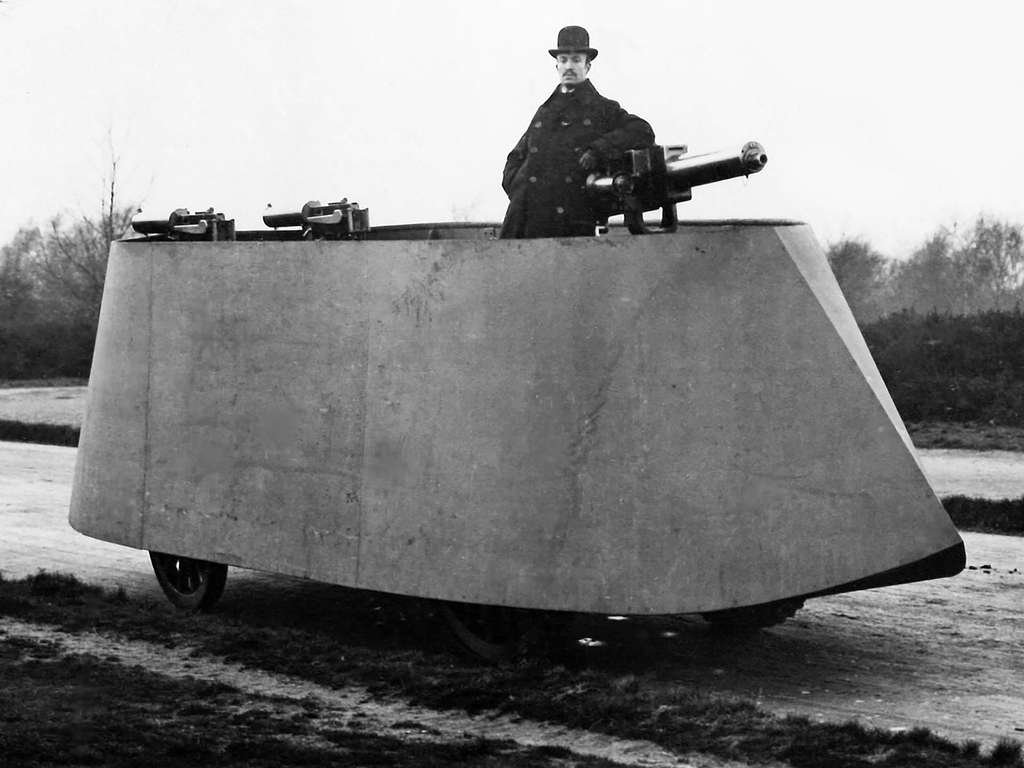
What is the history of the armored truck?
The history of the armored truck dates back to the early 20th century, coinciding with the increased need for secure transportation of valuable goods, particularly cash. The first documented use of an armored truck was in 1911 when the inventor J.L. Delany created a customized vehicle to transport currency for the U.S. Federal Reserve Bank in the United States. These early trucks featured reinforced steel plates and were manned by armed guards for added security.
During the Prohibition era in the 1920s, the demand for armored trucks surged as they were utilized not only for transporting money but also for moving alcohol discreetly. Innovations continued to evolve, introducing improved security measures such as bullet-resistant glass, locking systems, and reinforced body structures to withstand attacks.
As criminal activities escalated, especially during the Great Depression and later periods, armored trucks became essential for banks, businesses, and agencies handling valuable commodities. They were equipped with advanced security features and became an integral part of the logistics and security industry.
Over time, technological advancements led to the development of highly specialized and sophisticated armored trucks capable of withstanding various threats, including ballistic attacks and sophisticated heist attempts. Today, armored trucks are vital in the secure transportation of cash, precious metals, jewels, and other high-value goods, employing cutting-edge security systems to ensure the safe transit of valuable assets.
History of Armored Cars
Armored cars have a long and diverse history, evolving from improvised vehicles to specialized military and civilian platforms designed for various purposes. Here is an overview of their history:

Early Development (Late 19th to Early 20th Century)
The emergence of armored cars at the end of the 19th century coincided with the rise of automobiles and the escalating demand for protected transportation, particularly in warfare scenarios. The crucial moment marking the inception of armored cars occurred during the Second Boer War in 1899. The British military, confronted with the need for more secure vehicles in the conflict, improvised by converting civilian vehicles into rudimentary armored cars. These improvised models, including vehicles like the “Freelance” and the “Wolseley,” were retrofitted with basic armor plating to provide some protection to personnel and equipment from small arms fire and other threats.
The adaptation of civilian vehicles into armored cars during the Second Boer War marked a significant milestone, showcasing the initial steps in the development of this new category of military technology. Despite their relatively simple construction and limited defensive capabilities, these early armored cars demonstrated the potential for using modified vehicles to offer a degree of protection in combat situations. This innovation laid the groundwork for further advancements and the eventual evolution of purpose-built armored cars designed specifically for military purposes in conflicts across the globe.
World War I (1914-1918)
Armored cars emerged as crucial assets during World War I, assuming multifaceted roles pivotal to the conflict’s dynamics. Their adaptability made them indispensable for reconnaissance, enabling swift and stealthy movements across the battlefields while gathering vital intelligence. Additionally, these vehicles facilitated troop transport, swiftly ferrying soldiers between positions and aiding in rapid deployments. They also provided essential infantry support, assisting in suppressing enemy fire with mounted weapons and offering cover for advancing troops.
Both opposing sides in World War I recognized the strategic advantages of armored cars. The British employed the renowned Rolls-Royce Armored Car, which showcased a balance of speed, reliability, and firepower. Its mobility and relatively high speed for the era made it an effective reconnaissance vehicle. On the other side, the Germans utilized the Ehrhardt E-V/4, featuring a rotating turret equipped with machine guns, enhancing its offensive capabilities.
The deployment of these armored vehicles underscored the need for mobile and protected platforms in modern warfare. Their versatility and contributions to reconnaissance, troop movement, and combat support laid the groundwork for the continued development and refinement of armored vehicles in subsequent conflicts. They paved the way for their enduring role in military operations worldwide.
Interwar Period (1919-1939)
Following World War I, numerous nations embarked on extensive development programs to refine armored vehicles, aiming to enhance their efficacy, maneuverability, and defensive capabilities. Innovations in armor technology and automotive engineering spurred the creation of purpose-built armored cars, marking a significant shift from improvised models to specialized designs.
The Soviet Union introduced the BA-27, a notable example of this era’s advancements. The BA-27, featuring a compact yet robust design, boasted improved armor protection and mobility compared to its predecessors. Its deployment showcased the Soviet commitment to evolving armored warfare tactics and technologies during the interwar period.
Meanwhile, the United States produced the M8 Greyhound, an iconic armored car renowned for its speed, agility, and versatility. Equipped with a six-wheel drive and a potent armament, including a 37mm gun, the M8 Greyhound excelled in reconnaissance missions. Its streamlined design and reliable performance solidified its place as a pivotal asset for Allied forces during World War II.
These purpose-built armored cars, like the BA-27 and M8 Greyhound, epitomized a significant leap forward in armored vehicle development, setting the stage for more sophisticated designs and specialized roles in subsequent conflicts and laying the groundwork for modern armored vehicle technology.
World War II (1939-1945)
Armored cars proved instrumental in World War II, fulfilling diverse roles across various theaters of conflict. These versatile vehicles were deployed extensively for reconnaissance, patrolling, and providing support to ground forces. Nations on both sides of the war heavily relied on armored cars due to their mobility, agility, and ability to navigate diverse terrains.
The German military utilized the Sd.Kfz. 231 series, known for its robustness and adaptability. These vehicles were equipped with armored protection and mounted weaponry, aiding in reconnaissance and providing crucial battlefield intelligence.
The British Army employed the Humber and Daimler reconnaissance vehicles, which offered agility and reliability. These models were pivotal in gathering information, scouting enemy positions, and supporting infantry units.
Meanwhile, the American M3 Scout Car played a vital role in U.S. forces. It served as a versatile platform, fulfilling reconnaissance duties and providing mobility for infantry commanders on the battlefield.
These armored cars possessed varying characteristics but shared the common objective of enhancing battlefield awareness and supporting ground forces. Their roles extended beyond reconnaissance, often serving as escorts for convoys, engaging enemy forces, and conducting hit-and-run tactics. Throughout the war, the strategic deployment of armored cars showcased their effectiveness and adaptability in diverse combat situations, contributing significantly to the overall success of military operations.
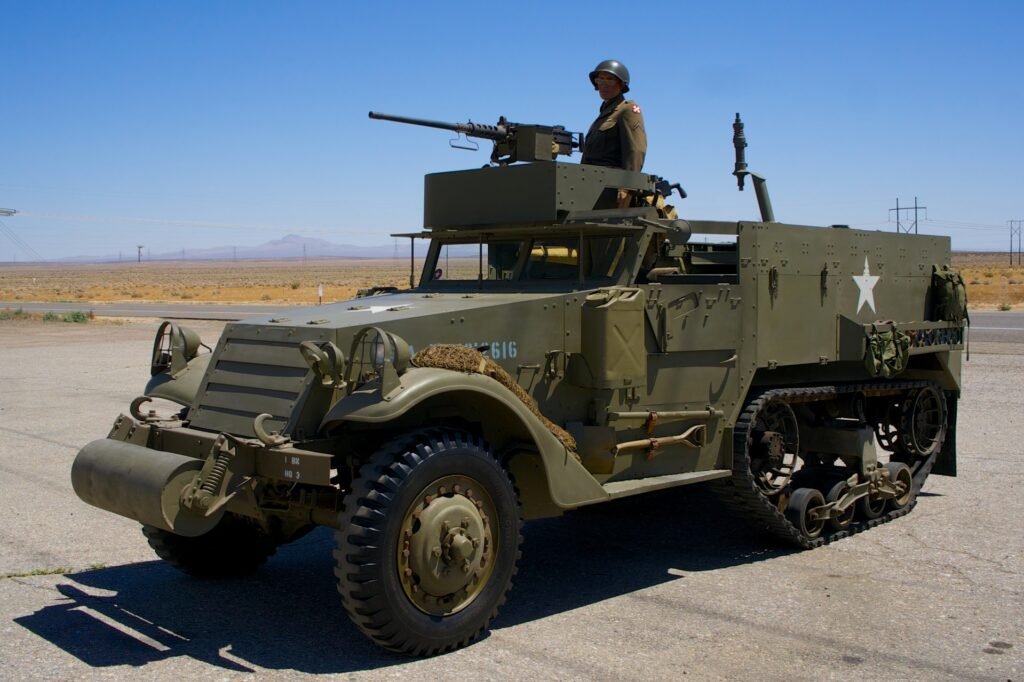
Post-World War II to Modern Era
Following World War II, armored cars persisted in military arsenals despite the emergence of specialized vehicles like tanks and Infantry Fighting Vehicles (IFVs), which posed competition. The adaptability and versatility of armored cars ensured their relevance in modern warfare. Evolving significantly, these vehicles integrated advanced technology, heightened mobility, upgraded armor protection, and enhanced firepower.
Their role expanded beyond traditional battlefield duties to encompass a spectrum of specialized functions. Armored cars became integral assets for surveillance operations, offering rapid mobility and a tactical advantage in reconnaissance. They found purpose in internal security roles, safeguarding critical installations and patrolling sensitive areas. Additionally, armored cars became vital in peacekeeping missions, facilitating secure movement in conflict zones while providing a robust defensive capability.
Various armed forces across the globe embraced these adaptable vehicles due to their multifaceted utility. Their ability to swiftly navigate diverse terrains while offering a combination of protection and offensive capabilities made them indispensable in various military operations. The continual advancements in technology and design have ensured that armored cars remain relevant and adaptable, meeting the evolving demands of modern warfare and security challenges worldwide.
Civilian Use and Law Enforcement
Armored cars, initially designed for military purposes, have found extensive applications beyond the battlefield. Their adaptation to civilian use, especially in law enforcement and security sectors, reflects their versatility and robust protective capabilities. Banks, seeking secure transit of large sums of money, have long relied on armored vehicles for cash-in-transit operations. These specially fortified trucks, manned by trained security personnel, provide a formidable defense against potential thefts or attacks.
In the realm of personal security, armored cars have become indispensable for high-profile individuals, diplomats, and VIPs. These vehicles offer enhanced protection against various threats, including armed assaults or kidnapping attempts. Customized to meet specific security requirements, they feature reinforced body panels, bullet-resistant glass, and advanced security systems, ensuring the safety of their occupants.
Additionally, government agencies tasked with transporting valuable assets, sensitive documents, or even prisoners utilize armored cars to mitigate risks during transit. The adaptability of these vehicles to diverse scenarios underscores their significance in safeguarding valuable goods and individuals against potential dangers, making them a cornerstone in modern security and protection strategies outside traditional military applications.
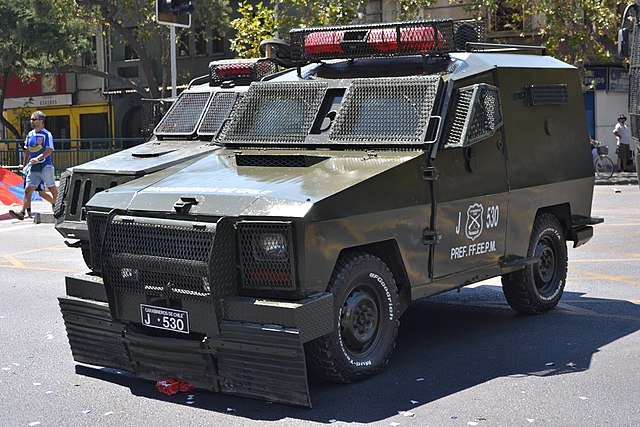
Technological Advances
In contemporary times, armored cars have undergone a revolutionary transformation, integrating state-of-the-art technologies to enhance their defensive capabilities and operational effectiveness. Advancements in materials science have facilitated the creation of armored vehicles employing composite materials, ceramics, and advanced alloys. These materials offer heightened protection against ballistic threats while ensuring a lighter overall weight for increased maneuverability.
Moreover, the incorporation of cutting-edge communication systems has revolutionized the way these vehicles operate in the field. Advanced networking capabilities, satellite communication, and encrypted systems enable seamless coordination with allied forces and command centers, enhancing situational awareness and mission execution.
Armored vehicles have also evolved in terms of offensive capabilities. While traditional armaments included machine guns and manually operated turrets, newer designs often feature remote-controlled weapon stations. These systems allow operators to engage targets accurately while remaining within the protected confines of the vehicle, significantly enhancing crew safety and combat effectiveness.
Additionally, in alignment with the global push for environmental sustainability, some modern armored car designs have embraced hybrid or electric propulsion systems. These eco-friendly advancements not only reduce carbon emissions but also offer improved fuel efficiency, quieter operation, and extended operational ranges, catering to the evolving needs of military forces aiming for reduced environmental impact without compromising on performance or security.
The evolution of armored cars has epitomized an unceasing pursuit of enhanced protection, agility, and adaptability across military and civilian domains. This evolution mirrors the continuous advancements in technology and the dynamic shifts in security requirements throughout history. From improvised vehicles during conflicts like the Second Boer War to purpose-built, technologically advanced platforms in contemporary times, the progression of armored cars signifies a response to evolving threats and operational necessities.
Innovation has driven the enhancement of protective features, such as advanced ballistic materials and robust armor, ensuring greater resilience against varied threats. Moreover, strides in automotive engineering have boosted their mobility, allowing for increased speed and maneuverability, crucial for reconnaissance and swift response operations.
The versatility of modern armored cars has extended beyond military applications, finding roles in civilian spheres like law enforcement, VIP protection, and secure transportation of valuables. This continual evolution underscores the symbiotic relationship between technological progress and the imperative to adapt to ever-changing security landscapes.
